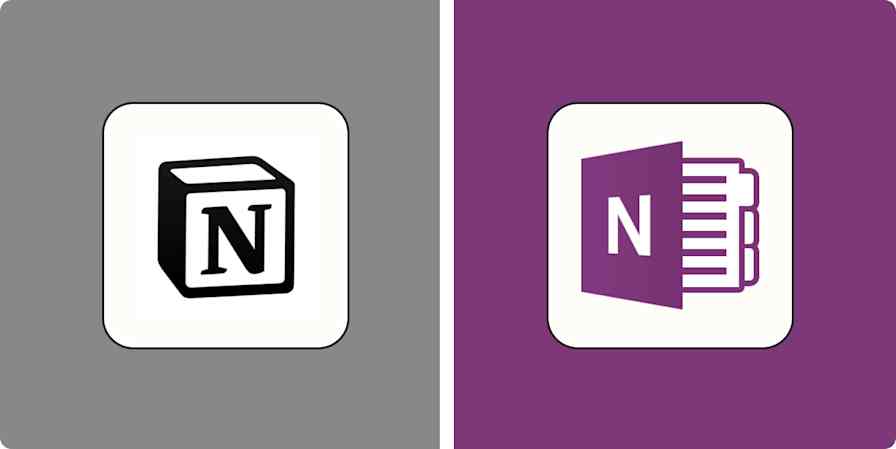App comparisons
8 min readRoam vs. Notion: Which note-taking app is better?
By Elisa Silverman · March 10, 2023

Get productivity tips delivered straight to your inbox
We’ll email you 1-3 times per week—and never share your information.
Related articles
Improve your productivity automatically. Use Zapier to get your apps working together.







